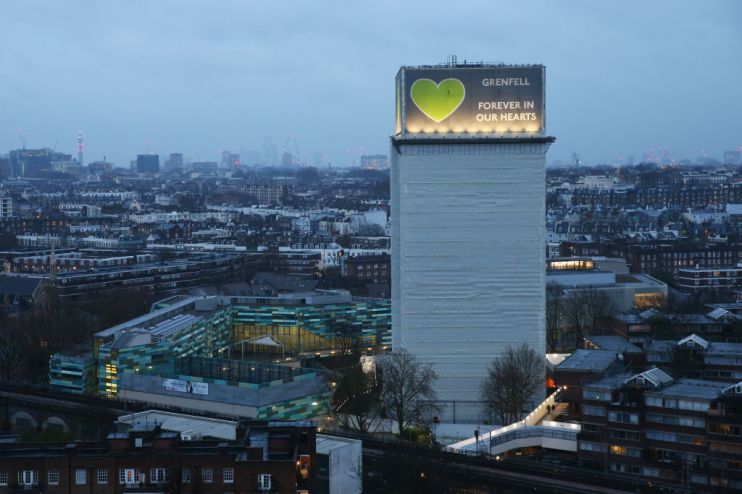For Gove to make a dent in the housing crisis, he has to look back on Grenfell

The tragedy at Grenfell left a scar on our housing sector. Michael Gove did a lot last year to make developers and builders accountable for their errors through the Building Safety Act, but nuance will be needed too, writes Elena Siniscalco
Every death in the blaze at Grenfell Tower in June 2017 was avoidable, an inquiry into the fire at the tower block found last year. The government, for its part, said it was “truly sorry” for its failures. And Michael Gove, the Levelling Up Secretary, spearheaded a colossal piece of legislation to prevent another tragedy.
The Building Safety Act put the burden for remediation works on buildings affected by the combustible cladding on owners and developers.
Gove was instrumental in opening up the dialogue with tenants, making clear the government was finally taking the issue seriously. But after all the political psychodrama of 2022, what has the government actually achieved?
In June last year, it was estimated that at least 10,000 buildings were still covered in the inflammable cladding responsible for the disaster at Grenfell. The combination of an unregulated industry ignoring or hiding the result of safety tests on its materials, and a series of governments unwilling to meddle with the private sector made this possible. The result was so devastating there was little dissent on the need for strong new laws.
The legislation focuses on “high-risk buildings” – residential buildings at least 18 metres high, with some provisions also affecting buildings over 11 metres. It establishes a new regulator in charge of ensuring every stage of the process from planning to construction is done following safety regulations. It also creates a 30 year liability principle: builders and developers are now responsible for any defects on all the buildings they worked on in the past thirty years.
There’s no fooling ourselves: all of this comes too late, and many tenants living in hazardous flats are still haunted by the possibility that they’ll have to pay to make their homes safe. But the sentiment behind these regulations is welcome. Yet the construction industry, as you would expect, is not thrilled.
Industry insiders lament the assumption that all developers make extortionate sums of money. Smaller developers, they say, might simply not be able to afford major remedial work on buildings they have long since removed from their portfolio. The complexity of the whole process is another major concern: specialist tribunals and courts will be required to decide the scope of appropriate remediations, and they’ll have to wade through a huge amount of technical expert evidence. “The facade of a building is a funny beast, a cross-over of lots of different specialisms”, says Nick Pinder, partner in construction and engineering practice at law firm Eversheds Sutherland. He worries about all the delays this long process might cause.
The building industry has a lot to catch up with. But to its credit, some of the builders have shown serious willingness to engage and put money aside to address building safety issues, such as Taylor Wimpey. They are right in saying the government has a responsibility not only to draw up legislation, but also to make it feasible.
Yet all sides are still pointing the finger at each other: the freeholders blame the developers, the developers say they were following the regulations the government had approved at the time, and the government says it is the industry’s fault. A Building Safety Fund is in place to pay for cladding replacement works that would otherwise fall on the leaseholders. But Mick Platt, director of the Residential Freehold Association, says remediation works are slowing down because many freeholders can’t access this fund. On top of that, because of the many insolvencies that have plagued the sector, many of the firms operating over the past 30 years no longer exist, so landlords and developers might end up being the ones footing the bill more often than not.
Looking into these complexities should be Gove’s priority this year. Making a real dent in the building safety crisis will be crucial to ensure tenants can sleep at night, but it will also have a broader impact on the housing crisis. There is tension between building as much as we need and making sure buildings are compliant with the regulations. This has already emerged with the Health and Safety Executive – the government agency responsible for creating the new building regulator – already raising concerns over 349 high-rise planning applications. The delays in remediation works will also have an impact.
Ultimately, the government’s task will be to hold the industry to account while ensuring it can do what it has been asked to. Not an easy task, but the least the government can do to tackle a crisis long in the making.